Oklahoma lawmaker wants study on 3D-printed homes for affordable housing
Could 3D-printed homes provide affordable housing in Oklahoma? Rep. Mickey Dollens, D-Oklahoma City, thinks they could.
"Oklahoma is facing an affordable housing crisis, exacerbated by rising construction costs, supply-chain disruptions, labor shortages, and a demand that exceeds the available supply," Dollens said in proposing a House Interim Study.
Interim studies have to be approved by Friday and will be announced all at once.
"Oklahomans are feeling the squeeze," Dollens said, "and it’s time we explore innovative solutions to address these challenges head-on. I believe advanced 3D printing technology has the potential to revolutionize the housing market.
"This interim study will examine the feasibility of utilizing advanced 3D printing technology to construct affordable, sustainable, and customizable homes in Oklahoma. By exploring this cutting-edge approach, we can position our state as a national leader in innovative housing solutions."
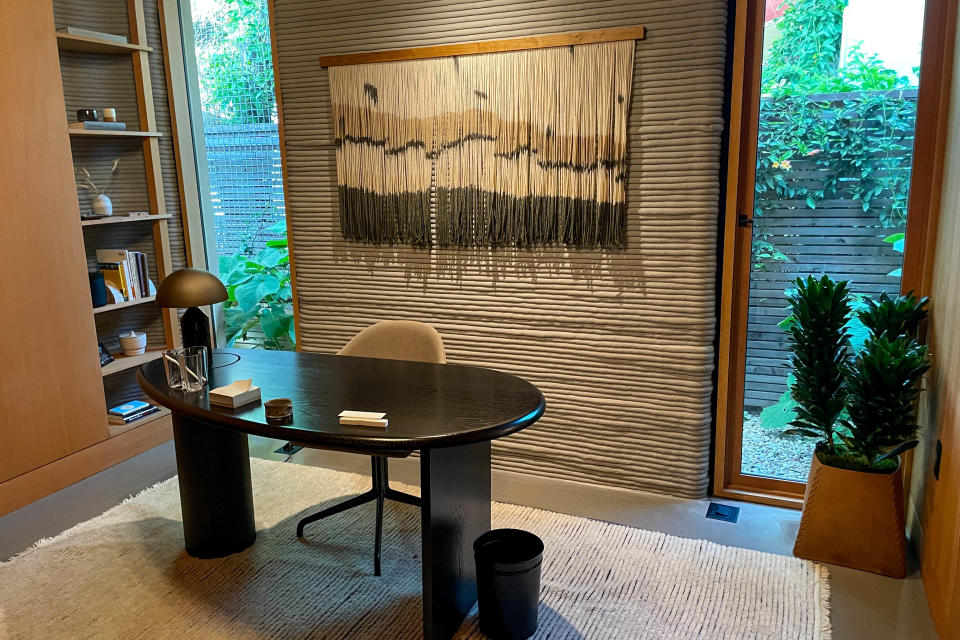
Already, 3D-printed homes have landed next door in Texas, an entire neighborhood, built by Lennar Corp., a national company that also builds in Oklahoma.
No word from Lennar, which expanded to Oklahoma in 2022, on whether it will bring the cutting-edge construction technology to OKC. Lennar, based in Miami, Florida, didn't respond to an inquiry from The Oklahoman.
Lennar worked with ICON, an Austin 3D robotic printing construction company, to build homes in Wolf Ranch, a neighborhood of 100 homes by developer Hillwood Communities, a Perot Company, in Georgetown, 30 miles north of Austin.
An OKC-area builder, Home Creations in Moore, briefly considered looking into 3D-printed construction a few years ago because of the chronic shortage of construction labor, but has no plans to go into it.
"We have not given it any other thoughts since then," said MJ Farzaneh, Home Creations' chief operations officer. "I believe there is still a long way for that technology to develop and become a viable application to the build process. It is still in it’s infancy state in my opinion."
The market isn't likely to support 3D-printed home construction anytime soon in the Sooner State. Oklahoma builders aren't too big on radical departures from traditional construction, said Mike Means, executive officer of the Oklahoma Home Builders Association.
With new construction technology in Oklahoma, '60% of what we have to overcome is habit,' OKC expert says
Oklahoma home builders should be considering ways to incorporate 3D printing for the cost savings, but especially for energy efficiency and wind resistance, said Jack Werner, owner of A to Z Inspections in OKC. Werner promotes storm resilience with the FORTIFIED safety standards of the Insurance Institute for Business & Home Safety.
ICON didn't reveal the cost of developing and manufacturing its printers, and they're not for sale. ICON aims to work with builders, developers, and individual home buyers. In any case, the front-end cost of a big robotic printer is probably out of the question for Oklahoma builders, Werner said.
But besides the initial cost of new technology, he said, pointing as an example to high prices for the first personal computers, "60% of what we have to overcome is habit."
Is 3D printing the future of construction?
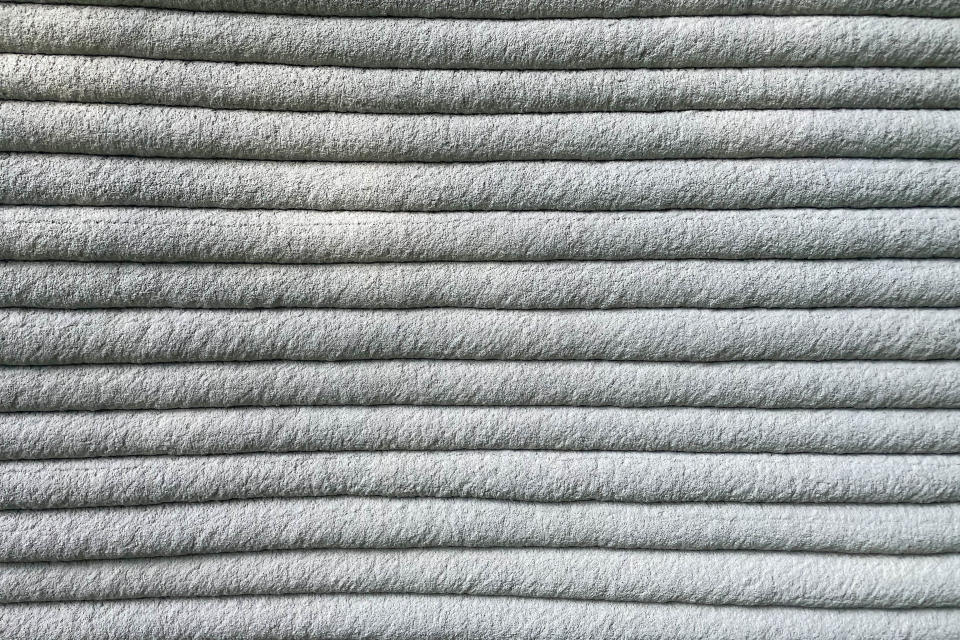
3D printing is transforming construction, although the market is "still in its infancy," said Philip Lund-Nielsen, co-founder and head of Americas for Danish COBOD International, which builds construction robots using the technology.
"The use of 3D construction printing has been growing rapidly in the last five years, not only in terms of buildings made, but also with respect to the type of building or structures being made," Lund-Nielsen wrote recently in online trade publication AdvancedManufacturing.org.
He said residential construction has attracted the most interest so so far, although 3D printing can only address up to 45% of the cost of constructing a building. 3D printing can't build everything yet, he said.
RELATED: State offers Oklahoma homeowners grants to strengthen roofs, enhance storm resistance
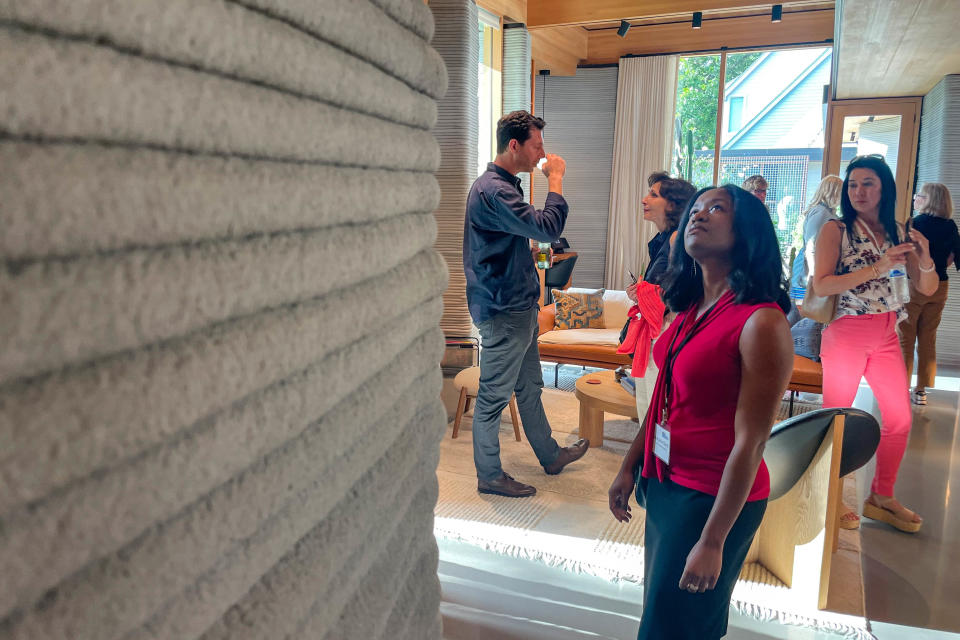
The basics of home building haven't changed for more than 100 years, ICON COO Graeme Waitzkin said, and ICON's 3D printing construction technology could revolutionize it.
Robotics, automation, advanced materials, and artificial intelligence make the construction affordable and faster, overcoming the labor shortage, he said.
He said it could provide an answer for the affordable housing crisis, and, because of its resilience, be a solution to the challenges of increased property damage from more frequent storms due to climate change. It can build a 2,000-square-foot home in one week, Waitzkin said.
Wolf Ranch addition in Georgetown, Texas, features 3D-printed homes
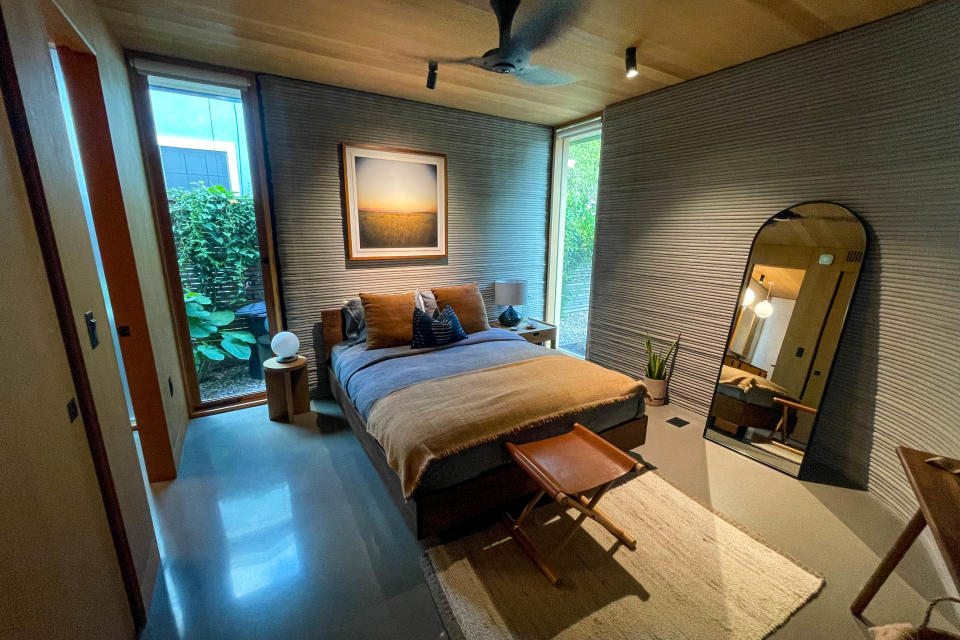
ICON and Lennar combined to build 100 homes, co-designed by global architectural firm BIG-Bjarke Ingels Group, using what ICON called "innovative robotics, software and advanced materials to create homes that are technologically advanced, environmentally sustainable and architecturally striking."
The Georgetown homes, built with Phoenix, ICON's multistory robotic arm construction system using a proprietary extrusion material, are available starting at around $450,000. The homes are finished in a way that downplays the 3D technique. They almost look like houses built using traditional construction, except for rounded corners.
“Given the housing shortage that persists across the country, it has never been more important to innovate in order to find new methods of construction that will enable greater design flexibility and greater production at affordable prices,” Lennar Executive Chairman Stuart Miller said in a joint announcement with ICON.
ICON's 'House Zero' in Austin, Texas: a model for 3D-printed construction

ICON played host to journalists meeting recently in Austin for the National Association of Real Estate Editors' annual conference, giving a tour of its 3D-printed "House Zero," designed and built to "biophilic" principles − "the human tendency to interact or be closely associated with other forms of life in nature."
The walls, inside and out, resemble something like gray toothpaste, repeatedly squeezed around and around in silos arranged to form a 2,000-square-foot modified ranch-style home with three bedrooms and 2 1/2 baths, plus a 350-square-foot accessory dwelling unit.
ICON COO Graeme Waitzkin said on a tour that tests showed the construction − foundation, wall, and roof systems − fire resistant and resistant to winds of 250 mph, higher than an EF5 tornado.
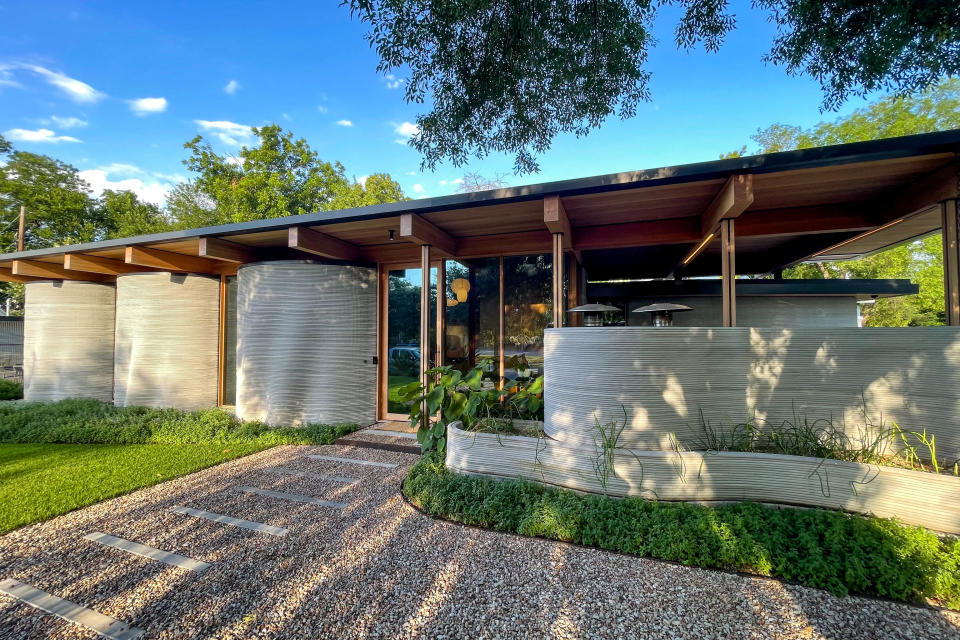
Sign Up: Weekly newsletter Real Estate with Richard Mize
Senior Business Writer Richard Mize has covered housing, construction, commercial real estate and related topics for the newspaper and Oklahoman.com since 1999. Contact him at rmize@oklahoman.com. Sign up for his weekly newsletter, Real Estate with Richard Mize. You can support Richard's work, and that of his colleagues, by purchasing a digital subscription to The Oklahoman. Right now, you can get 6 months of subscriber-only access for $1.
This article originally appeared on Oklahoman: Could Lennar Corp. ICON build 3D-printed homes solve OKC housing woes?

